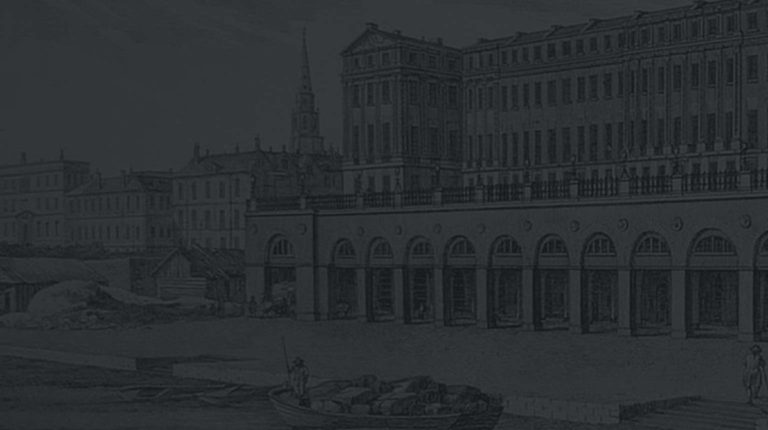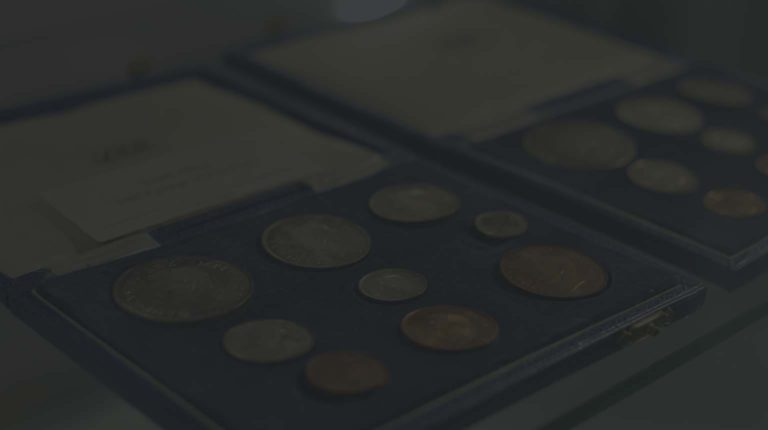May is shaping up to be a busy month here at Baldwin’s. I am pleased to announce that we are arduously working on our latest Fixed Price List and hope that it will be available around the 22nd May. Following hot on the heels of the Fixed Price List we are holding an exciting event here at the Strand, on the 29th May, to celebrate the launch of the new Baldwin’s brand and website.
In the market place, there have been a couple of important collections auctioned in London. The first being the Brian Dawson Collection of half-crowns, ranging from Edward VI right up to Elizabeth II, with a particular emphasis on Charles I. The collection had been formed with quality in mind and this was reflected with the better specimens, many hammering far in excess of the high estimate.
Highlights included an extremely rare 1642 Charles I Truro half-crown, most likely the second finest known example, hammering for £40,000 against a low estimate of £8,000. A Charles I Pattern half-crown believed to be unique, with a provenance dating back over 200 years hammered for £34,000 against a low reserve of £12,000.
Only five days after this impressive halfcrown sale was the Dr. Erik Miller collection of crowns. Although not a comprehensive collection, only 37 coins in fact, the quality was astounding and each coin acquired specifically to a level of quality that may never be bettered.
Among them, an exceptional 1662 crown, so well struck and brilliant it had been considered a proof in the past. This hammered for £42,000 against a reserve of £8000. One of the finest known 1649 Commonwealth crowns, excessively rare in its own right, hammered for £28,000 against a low reserve of £8,000.
These two recent sales add credence to the strength of the British coin market, with many records at auction still being broken and more importantly not just with gold coins, but in the silver and copper markets also.
Crowns and half-crowns have always been the most popular denomination to collect in the British milled series. Crowns especially so, due to their large and imposing size, emphasising the characteristics of each monarch’s portrait, especially in high grades.
Crowns in superior grades have continued to increase in value over the last 15 years, some being at worth at least three to four times more. An example of this is the 1831 Proof Crown, with W.W. on truncation — similar to the piece we have in stock. With the coin being encapsulated as Proof 64, I have looked back to 2010, to see what other Proof 64 graded 1831 crowns of this type have sold for at auction to present day (no examples have sold since 2017).


